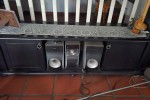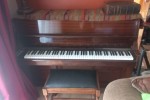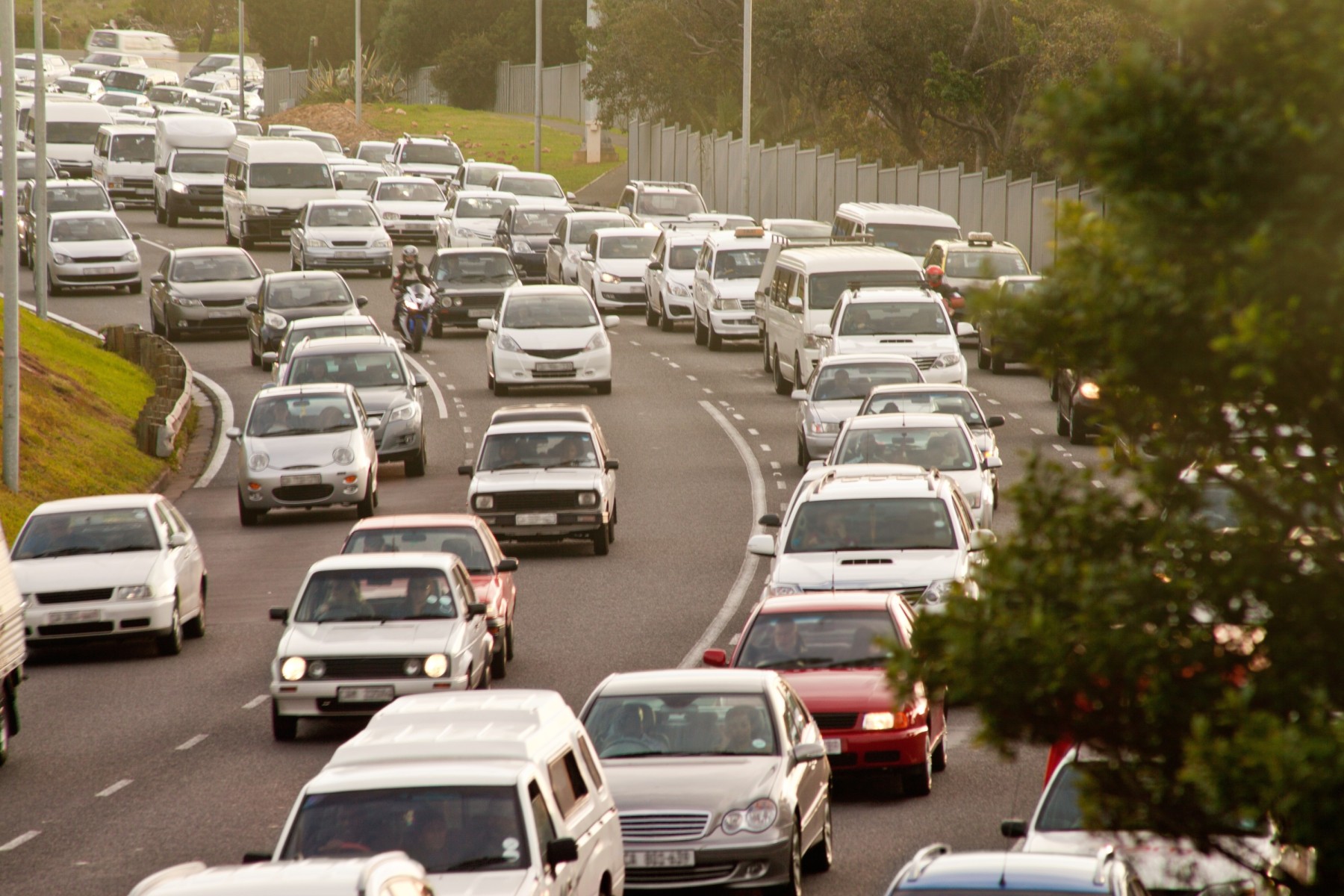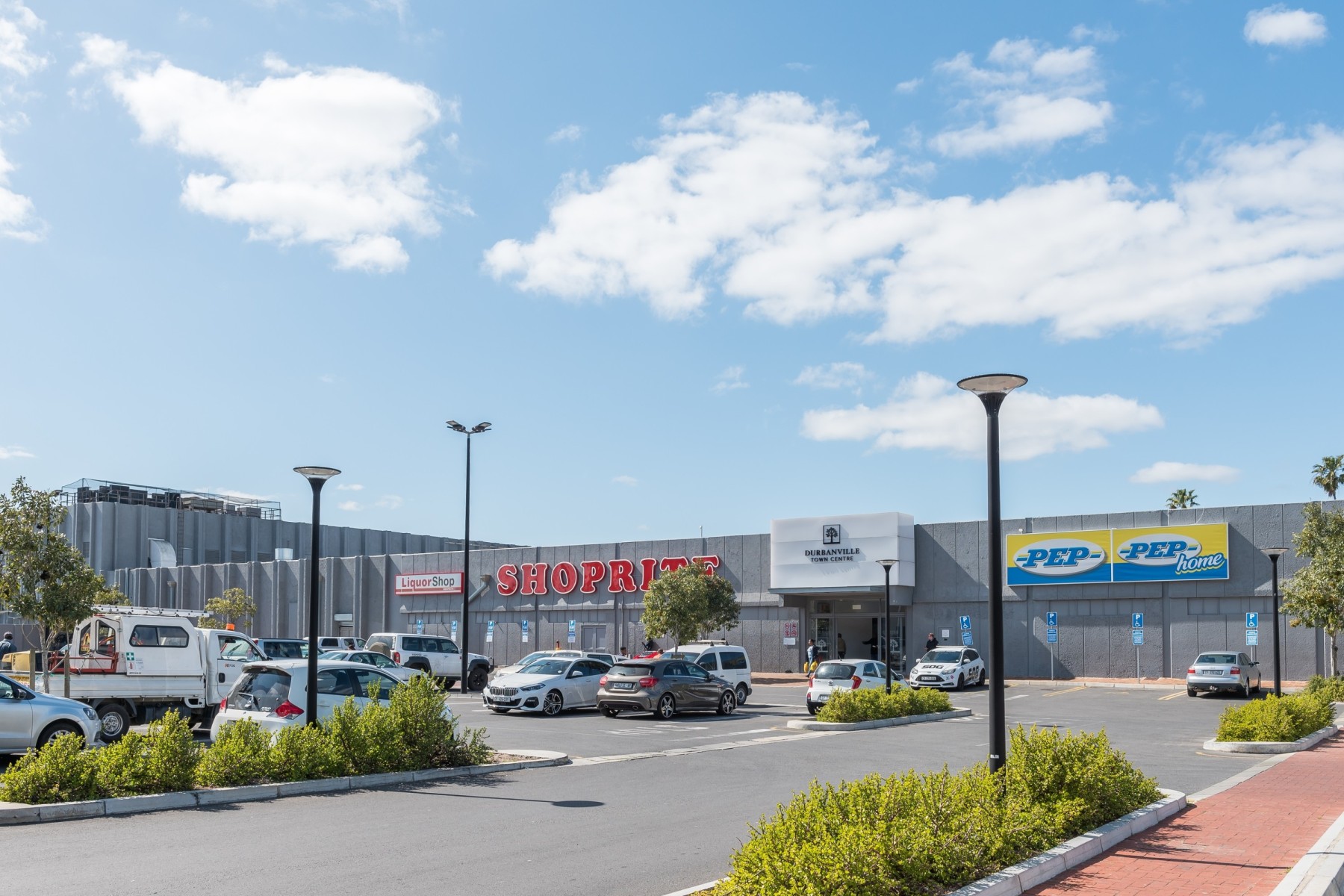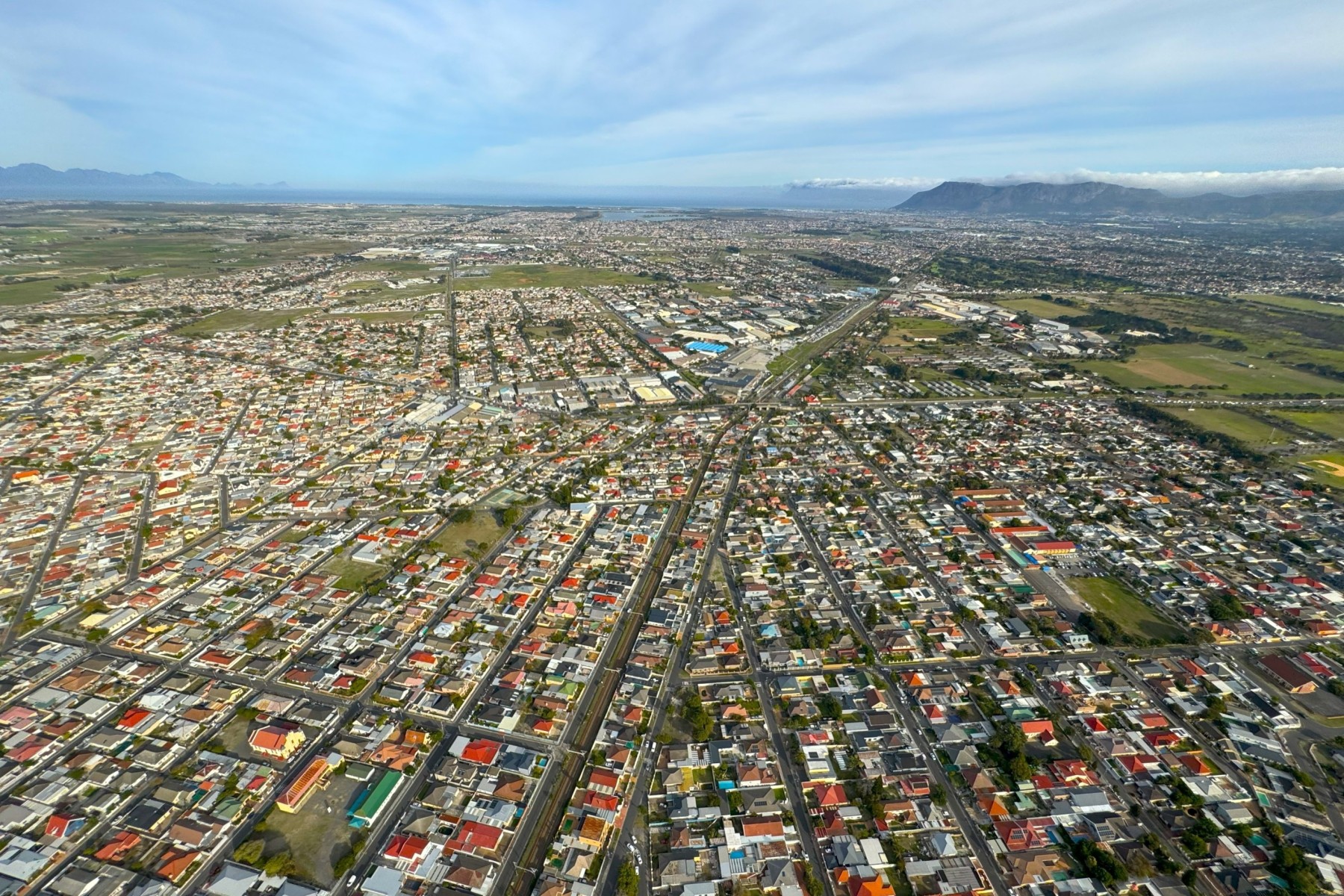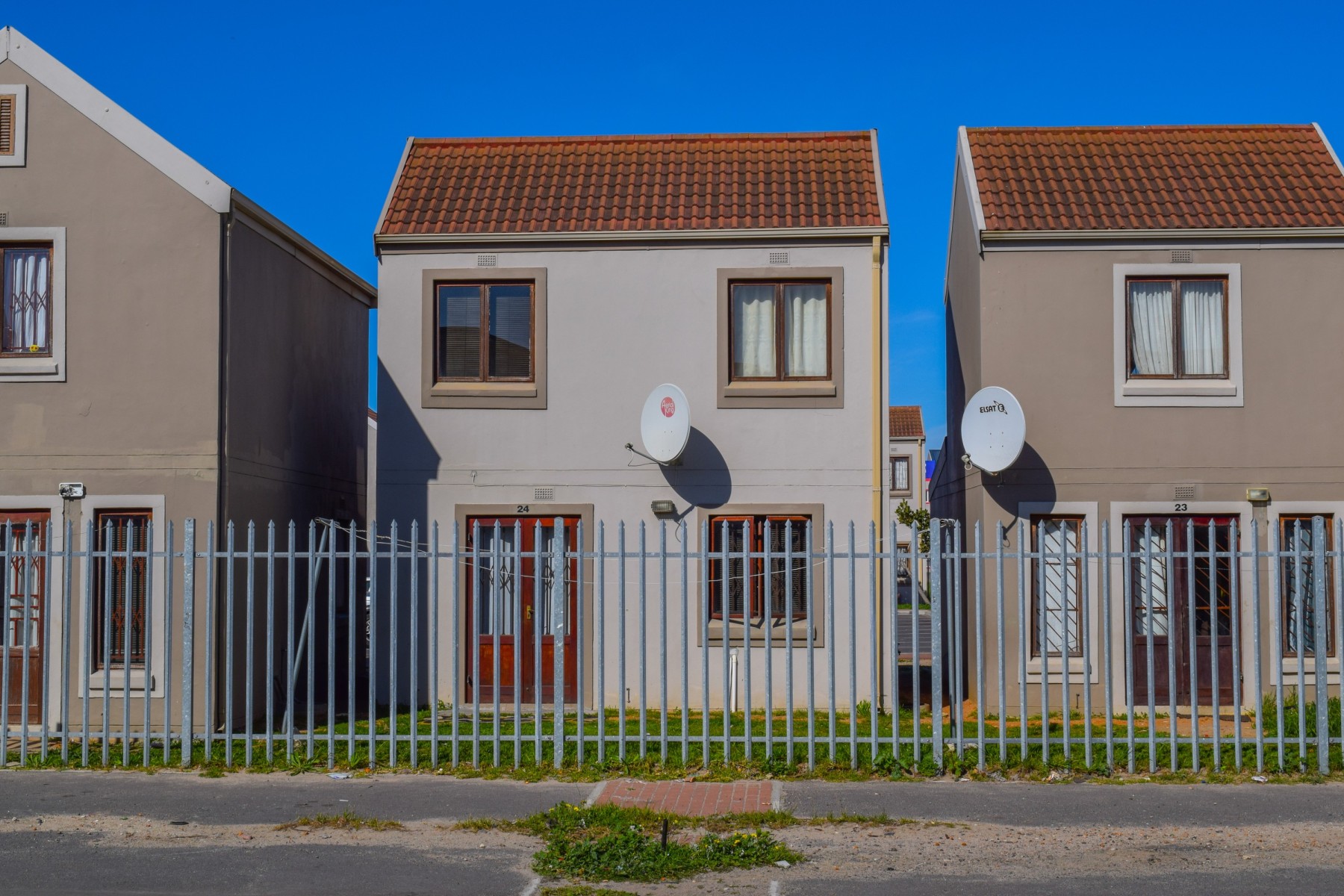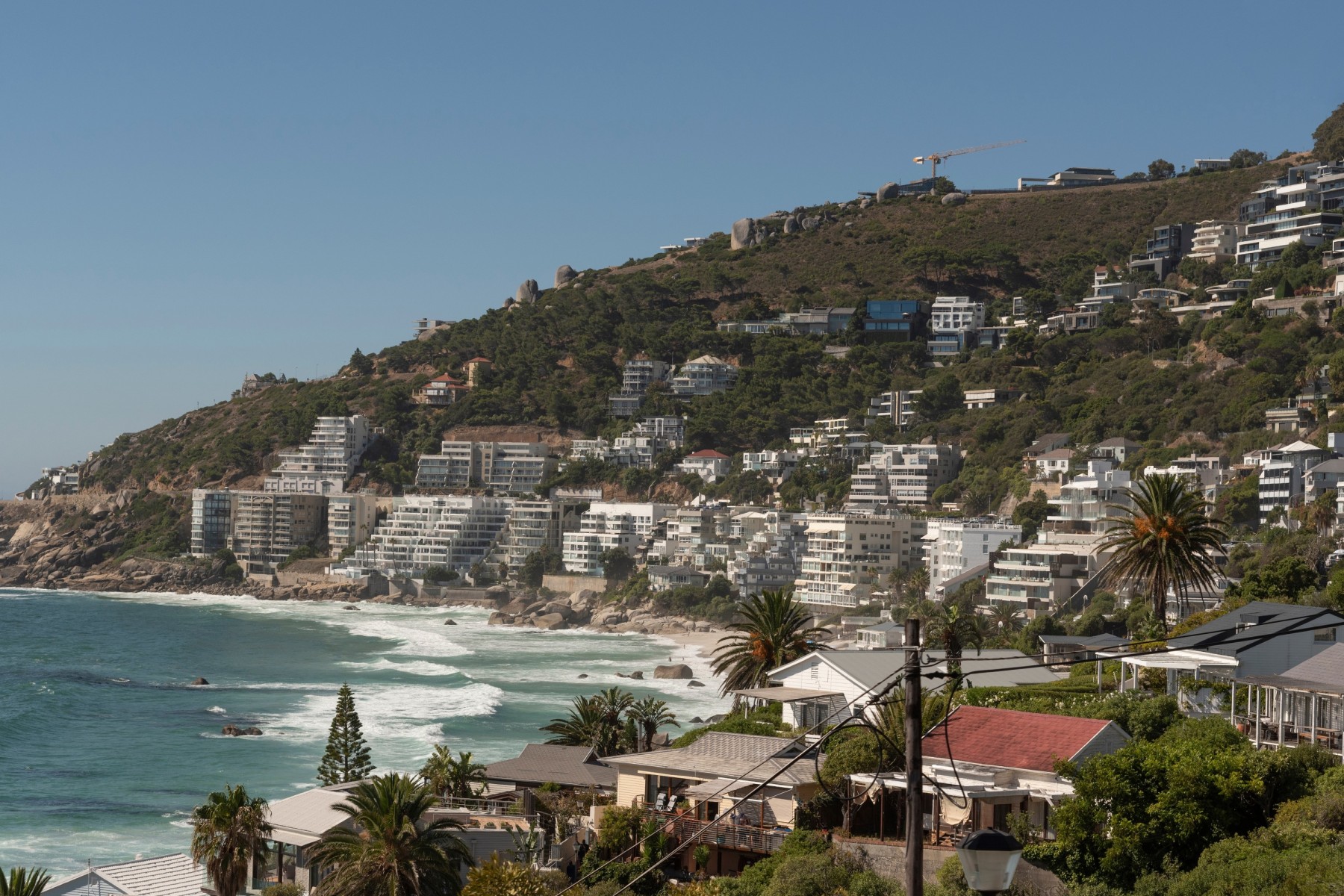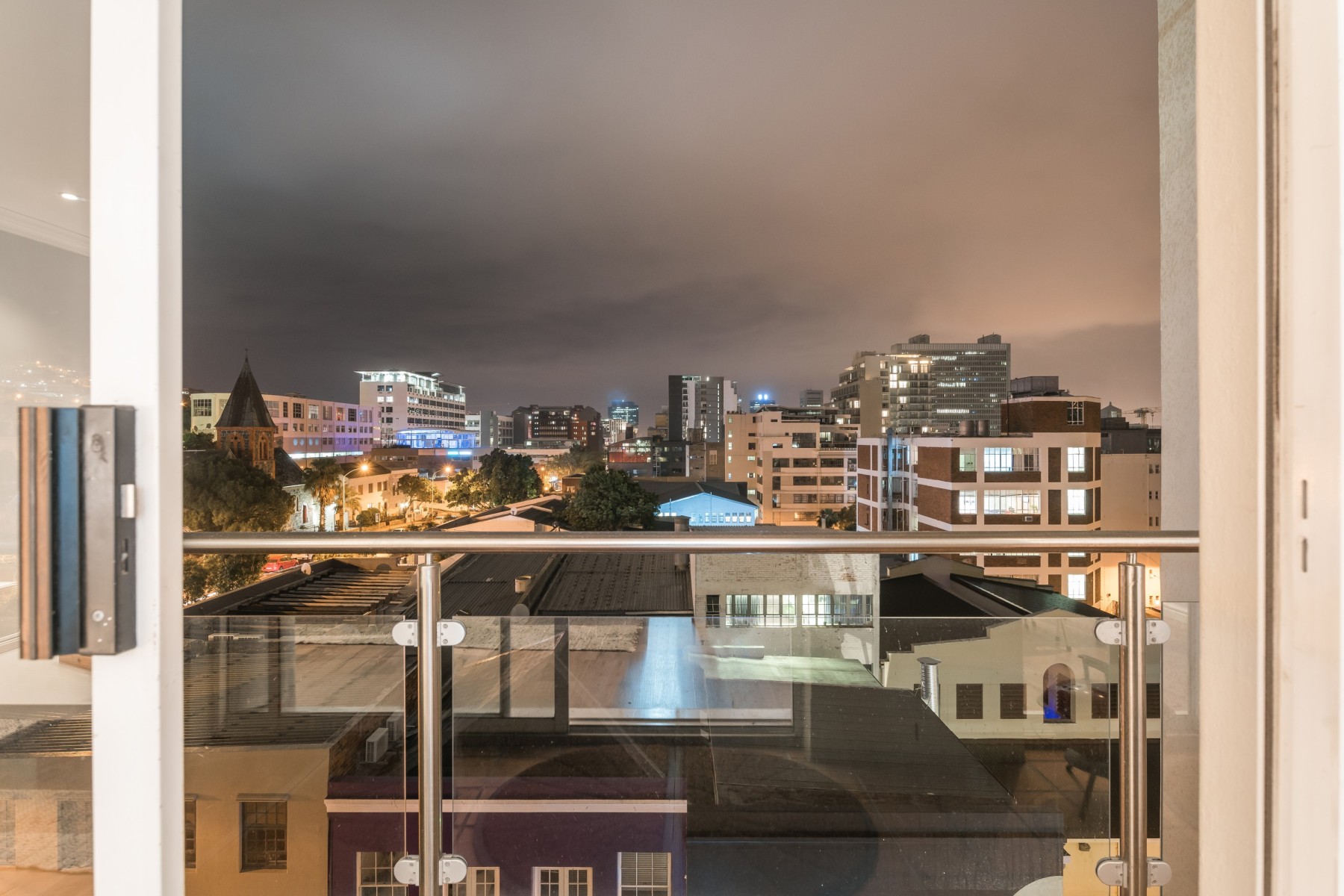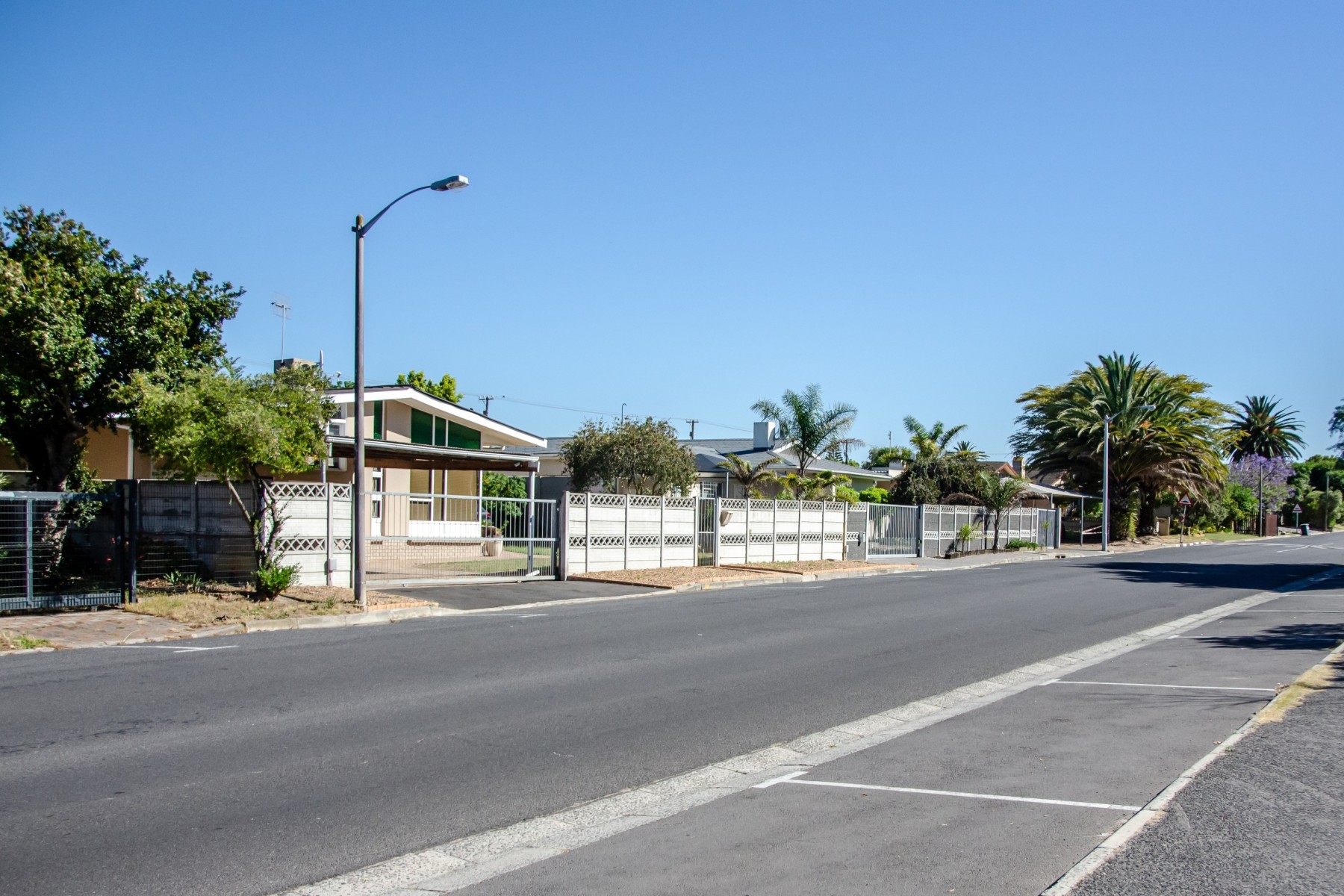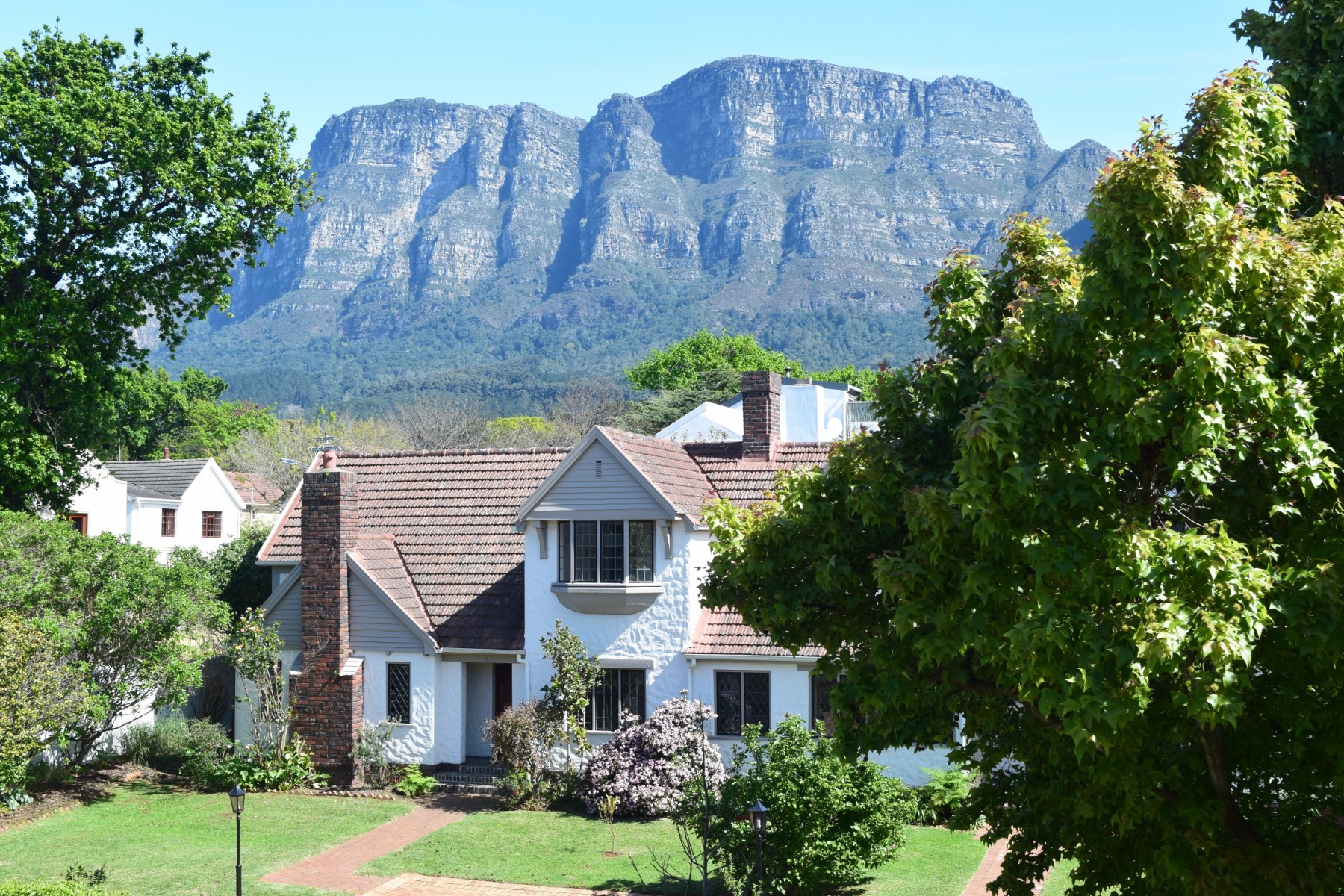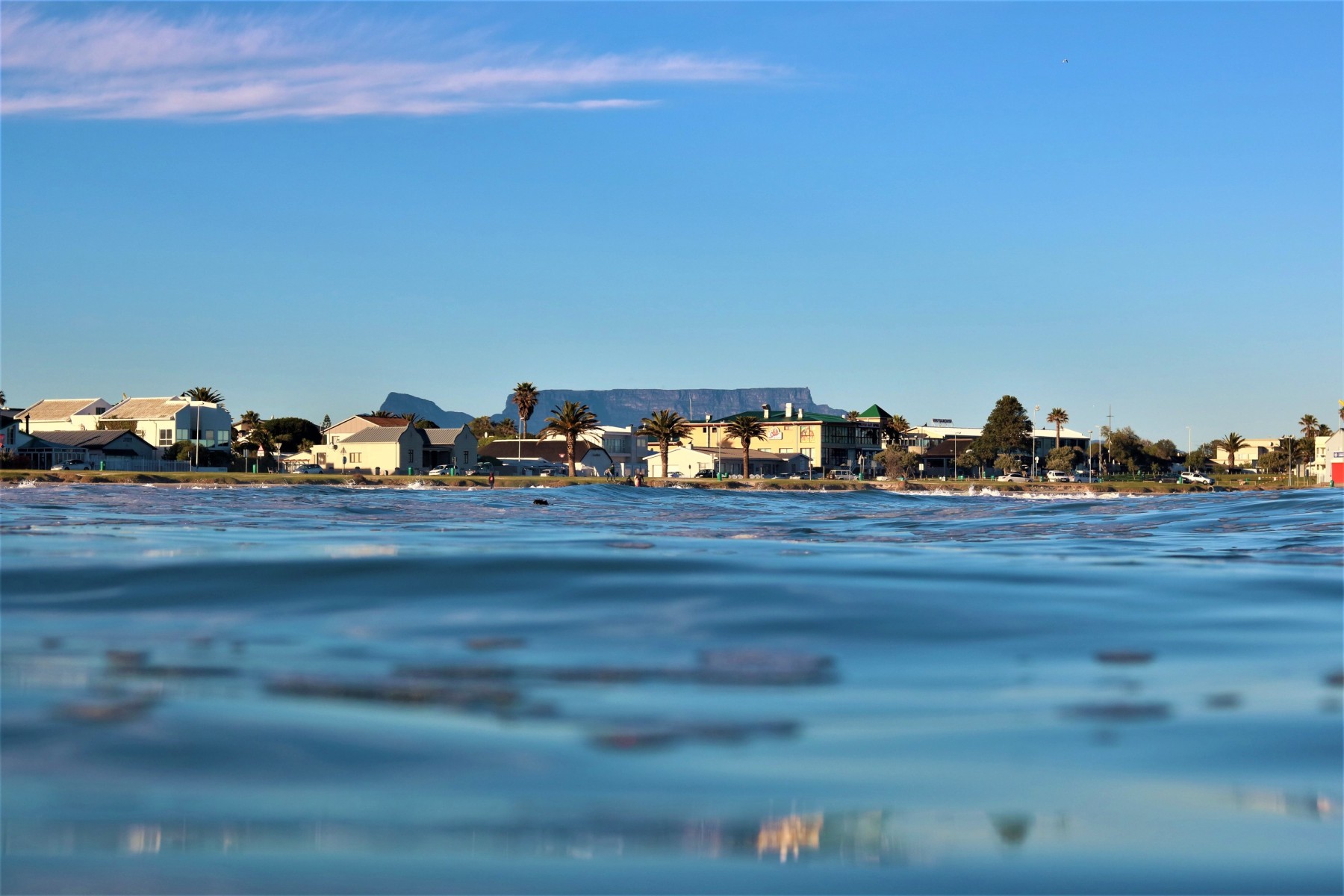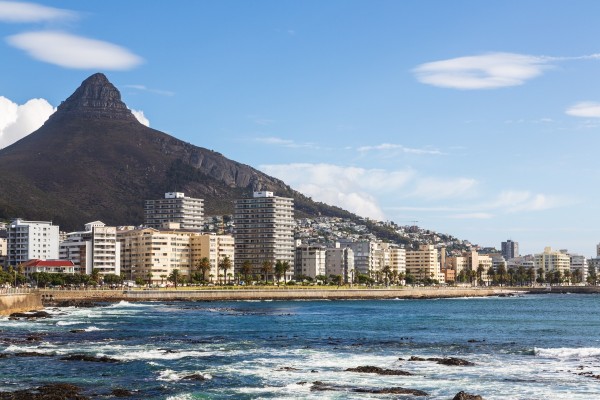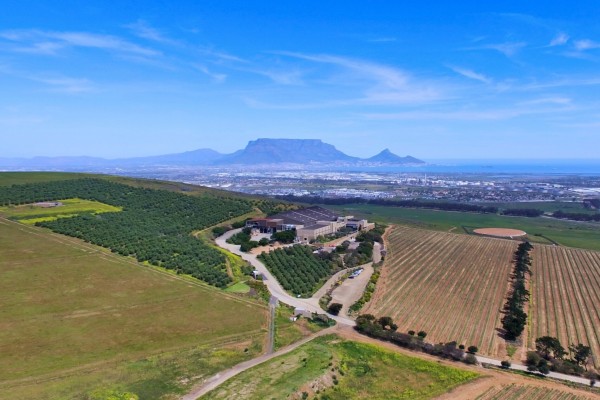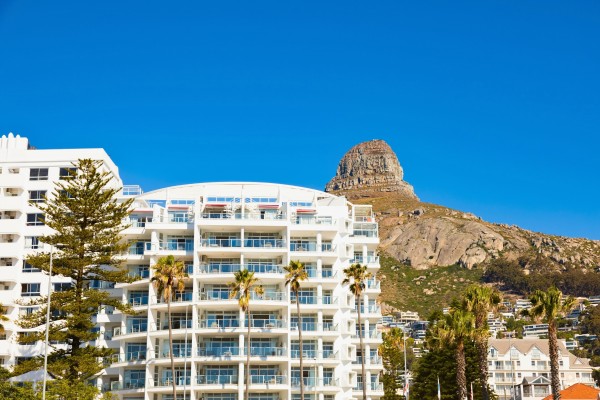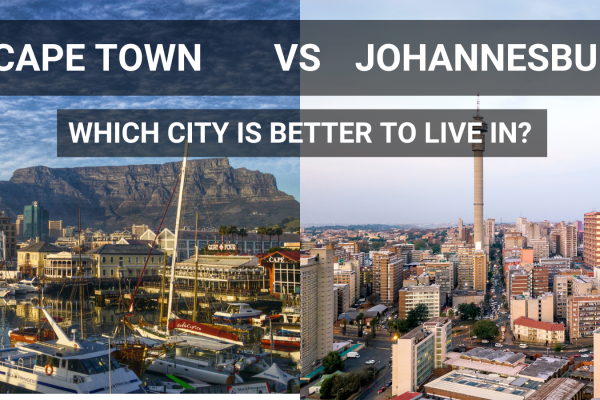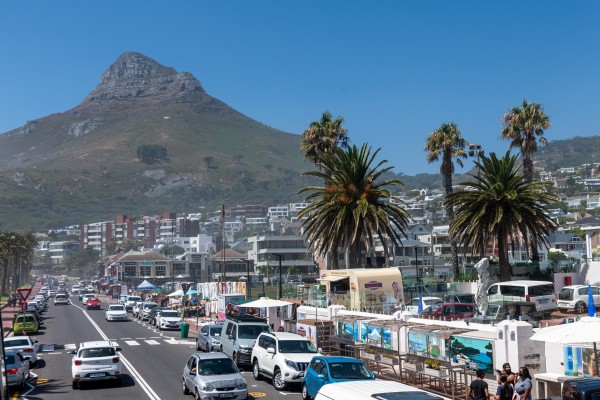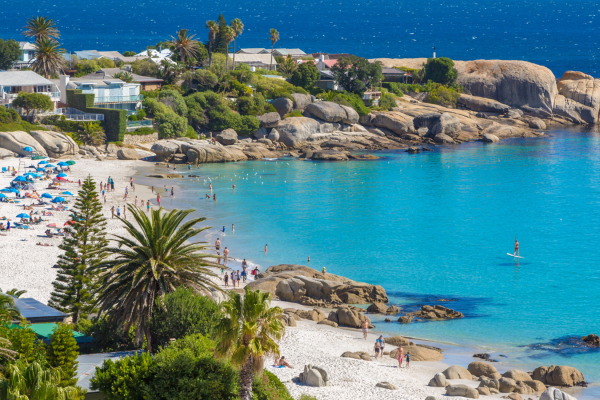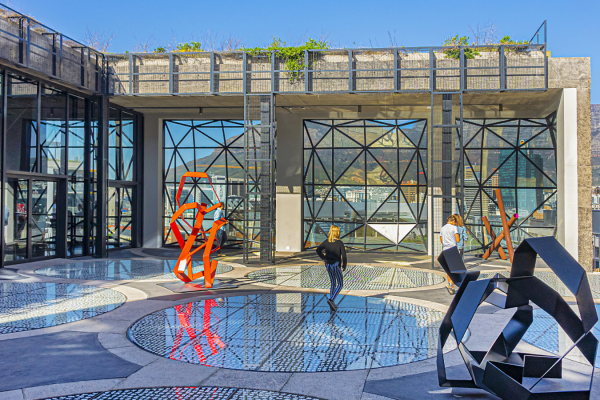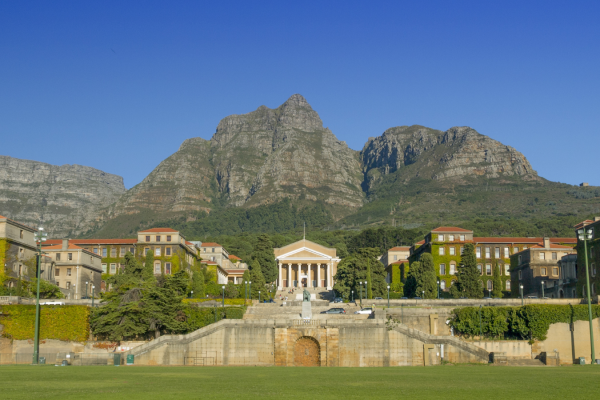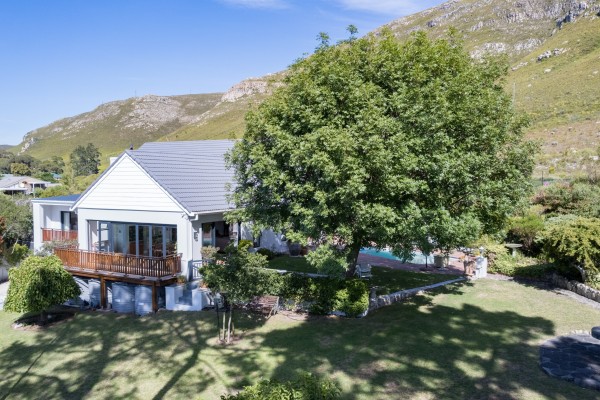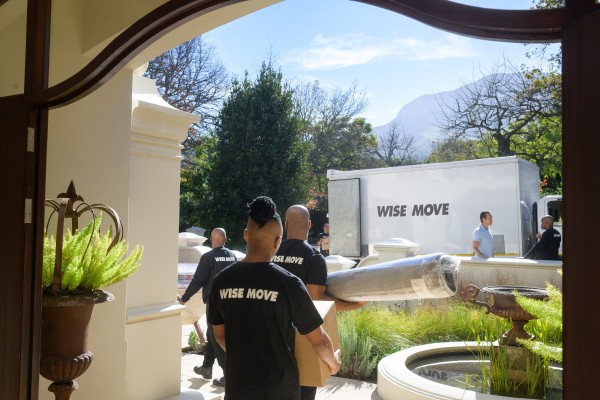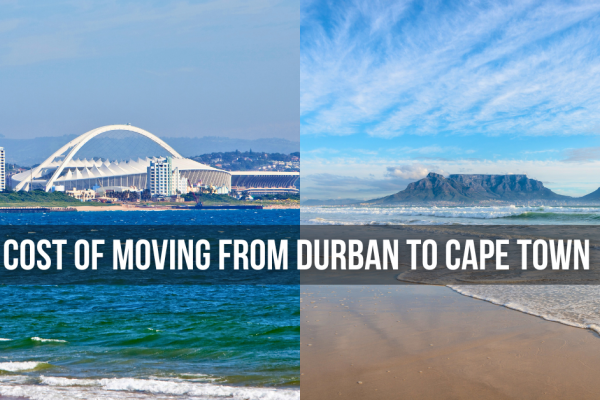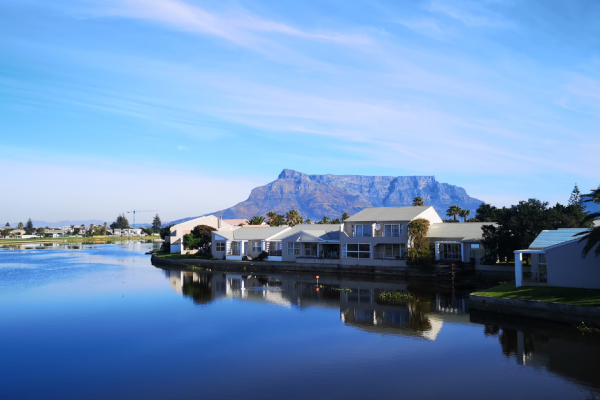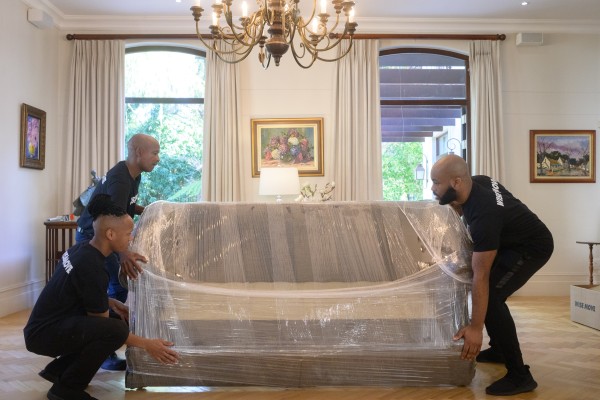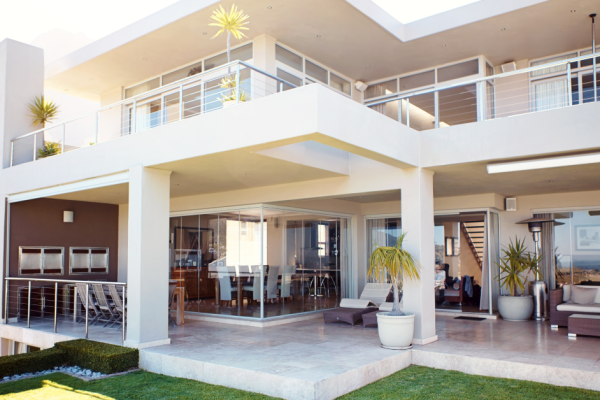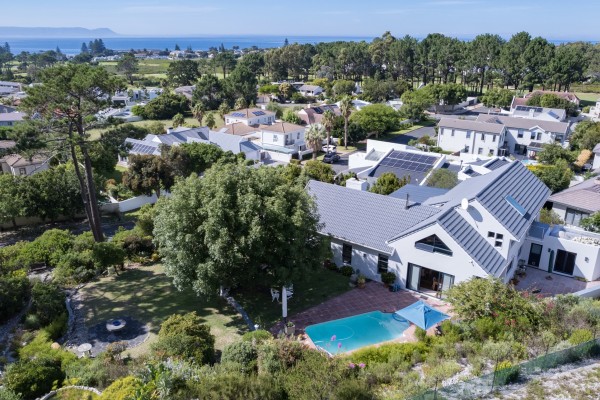Where to live in Cape Town in 2025

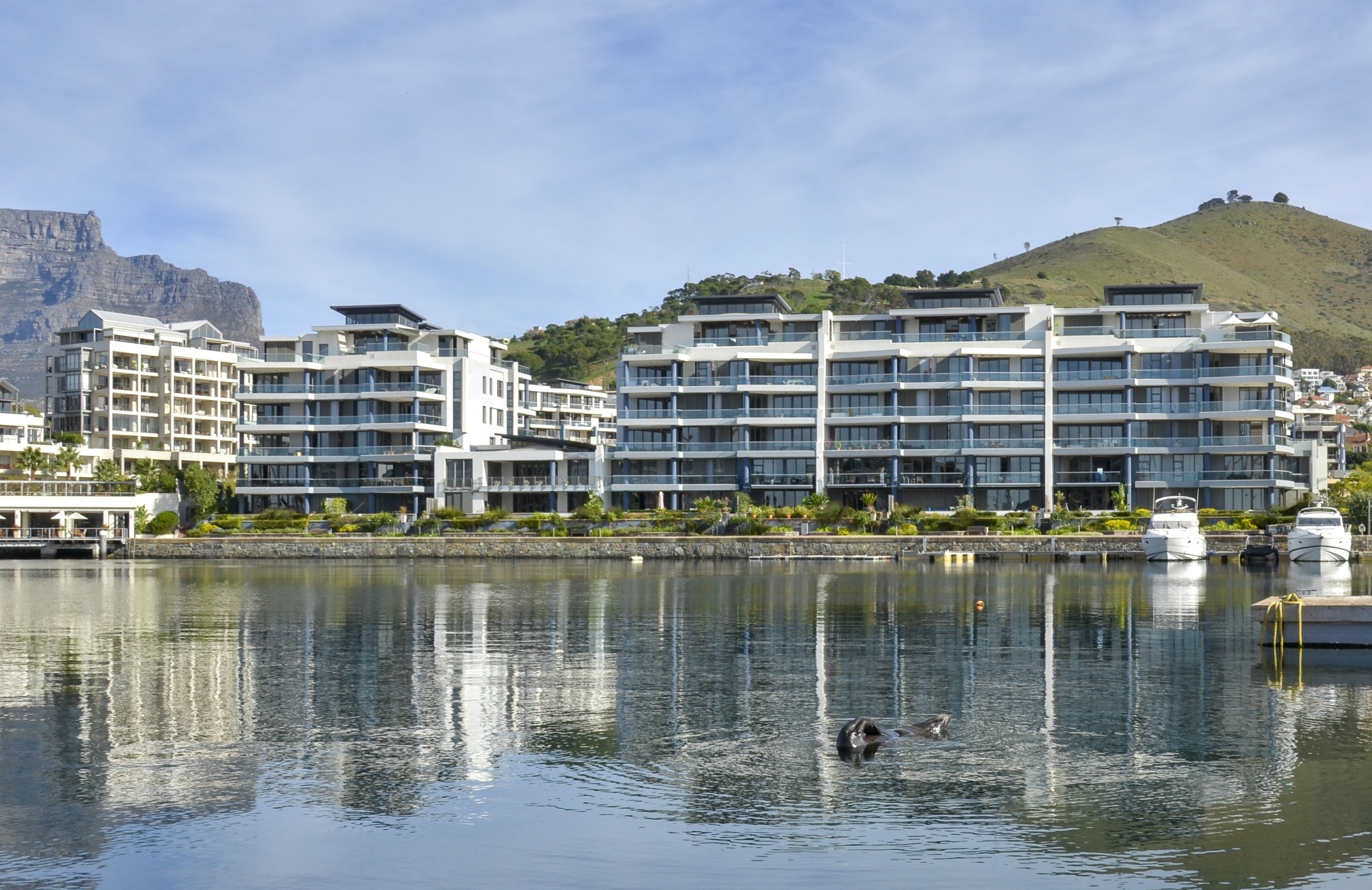
Let's face it, choosing the best part of Cape Town to live in is easy. Everyone wants to be on a wind-sheltered, sun-kissed beachfront– or high on a serene mountain slope commanding mindblowing ocean or valley views. The hard part is having the Table Mountain of cash you need to afford a home in these fabulous neighbourhoods.
Luckily, there are plenty of great and relatively affordable suburbs in Cape Town that aren’t the exclusive playground of tycoons. To choose the right neighbourhood to live in Cape Town, you’ll need to think about your budget, commuting needs and lifestyle priorities.
With that in mind, let’s explore what to look for when planning your next move in Cape Town, as well as the best suburbs.
What to consider when choosing where to live in Cape Town
Cape Town’s residential districts are spread out over a wide area, with each suburb offering a unique package of advantages and disadvantages. To make things clearer, here are the key factors to consider when deciding on your ideal Cape Town neighbourhood.
Access to public transport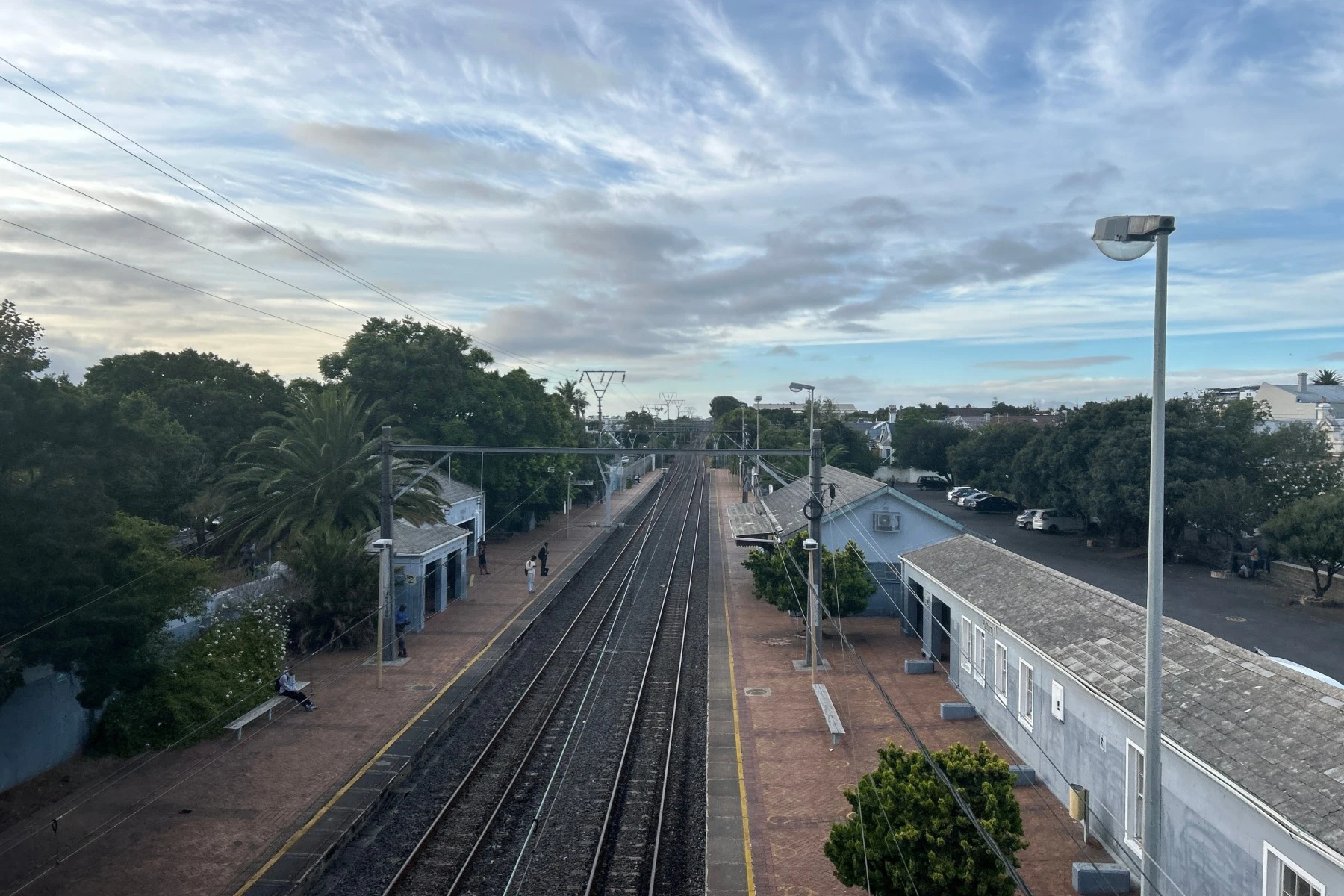
Cape Town has a relatively good public transport system compared to Johannesburg and Durban. With traffic in Cape Town being an increasingly brazen time thief, many savvy commuters are now opting to go back to public transport. Your journey may not always be shorter, but you can read, do some work en route, or just enjoy some much-needed daydreaming time.
Here are your main options
Metrorail: The Metrorail passenger train service has improved recently, with new trains on the Simon’s Town line linking the city centre with the Southern Suburbs and the False Bay coast.
MyCiti bus: The MyCiti network is a game-changer if you live in the City Bowl or near major routes. It’s reliable, affordable, and comfortable, connecting key hubs like the West Coast and Cape Flats.
Minibus taxis: Cheap and easy to find, but expect tight seating and enthusiastic driving.
If you have school-going kids, joining a school lift club in Cape Town can make commuting easier while broadening your school options.
Access to public schools
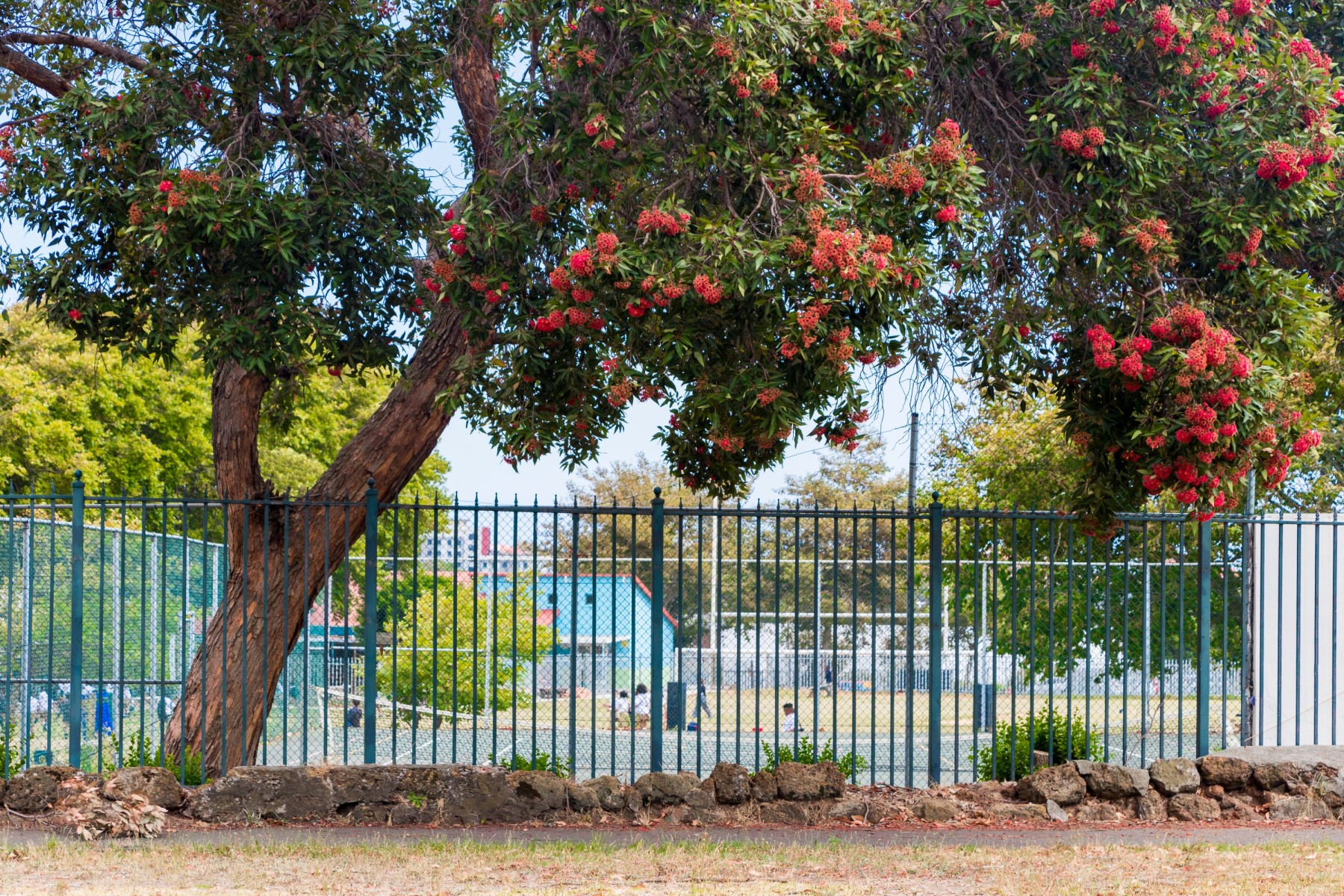
Cape Town has many excellent public and private schools, and several public institutions rank among the country’s best. They can also cost significantly less than private schools with similar reputations.
Top-performing English-language schools such as Westerford, Rondebosch Boys High, Rustenburg Girls High, and SACS are concentrated in the Claremont–Rondebosch–Newlands 'Golden Mile'. Excellent Afrikaans-language schools like Jan van Riebeeck, DF Malan, and Groote Schuur are scattered throughout the city.
The catch? Admission often requires living within local catchment areas. This has driven up property prices and rents in certain Southern Suburbs. However, good schools exist outside these pockets too.
Access to parks and public spaces
A communal green space right around the corner from your home will make a big difference to your quality of life, especially if you have kids and/or dogs. Consider this factor when looking at homes. Cape Town, luckily, is blessed with natural beauty, from Table Mountain National Park and Kirstenbosch Botanical Gardens to Green Point Park and Newlands Forest. Smaller parks such as Arderne Gardens, De Waal Park, and Wynberg Park also bring nature closer to home.
And, of course, there are Cape Town's best beaches to position yourself close to.
If you’re an outdoor enthusiast, check out the best outdoor activities in Cape Town for more local adventures.
Traffic-proofing: how to cut your commute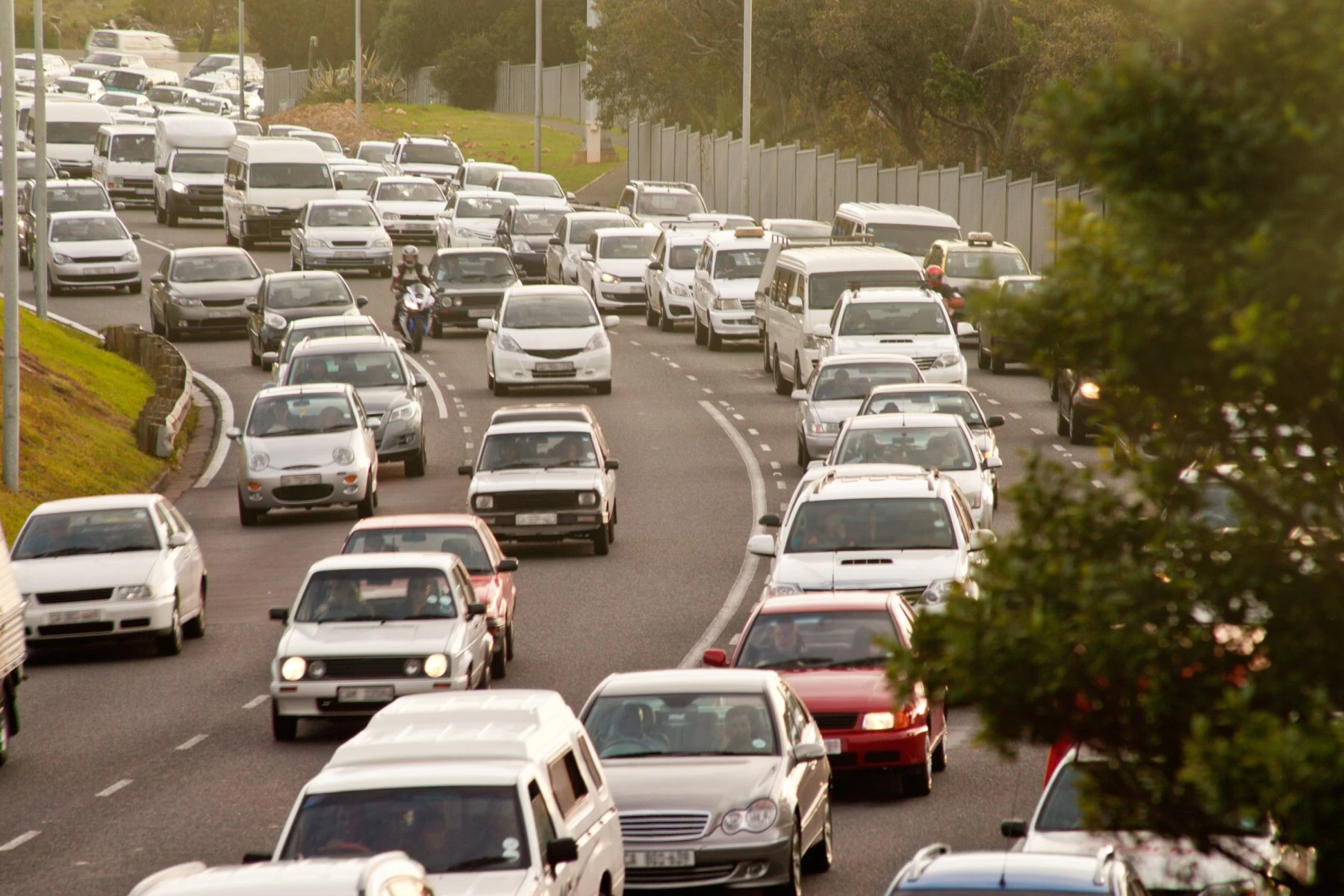
Traffic congestion in Cape Town is no joke (as much as visiting Joburgers love to make fun of it). Capetonians lose an average of 94 hours a year stuck on the roads. For anyone commuting into the city, this can be a dealbreaker.
Tips to beat the traffic
- Draw your 'lifestyle triangle' on the map that connects your home, work, school, and shop routes to gauge travel time.
- Test out your commute on Google Maps at peak and off-peak times and add up the total minutes you drive daily. Brace yourself, it could be scary.
- If your time is valuable and you can afford it, pay a little more to live closer to work or drive against the traffic flow.
For a deeper look at balancing cost and convenience, here's everything you need to know about the cost of living in Cape Town.
Shops and facilities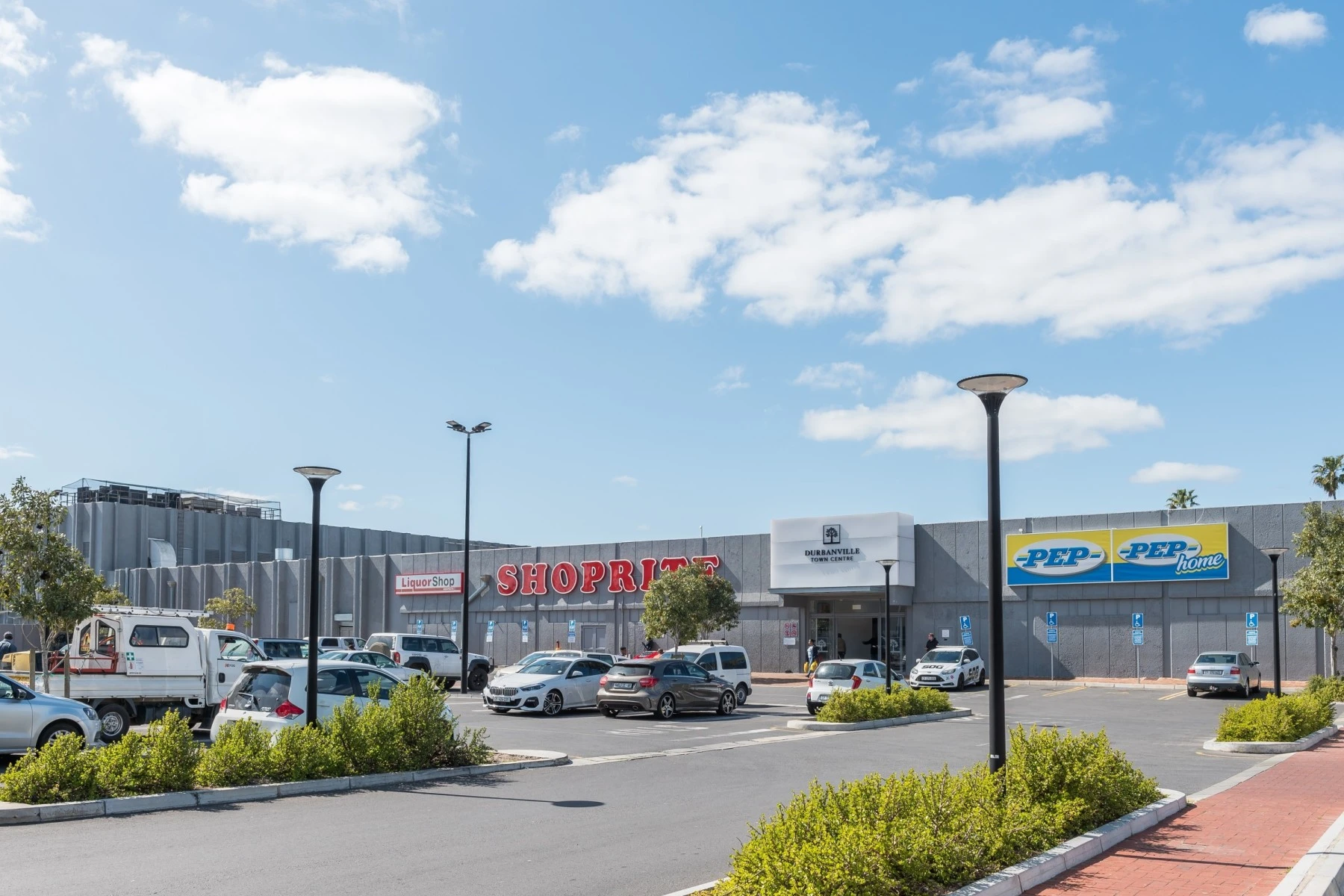
Cape Town’s suburbs are packed with charming shopping nodes and small centres. Very few neighbourhoods lack a decent supermarket or pharmacy. However, if you want to be close to major gyms or malls, you might want to focus on more central areas like the City Bowl or Northern Suburbs.
Luckily, retail expansion has kept pace with housing growth and you’re rarely more than 15 to 20 minutes from a major shopping hub.
Affordability of housing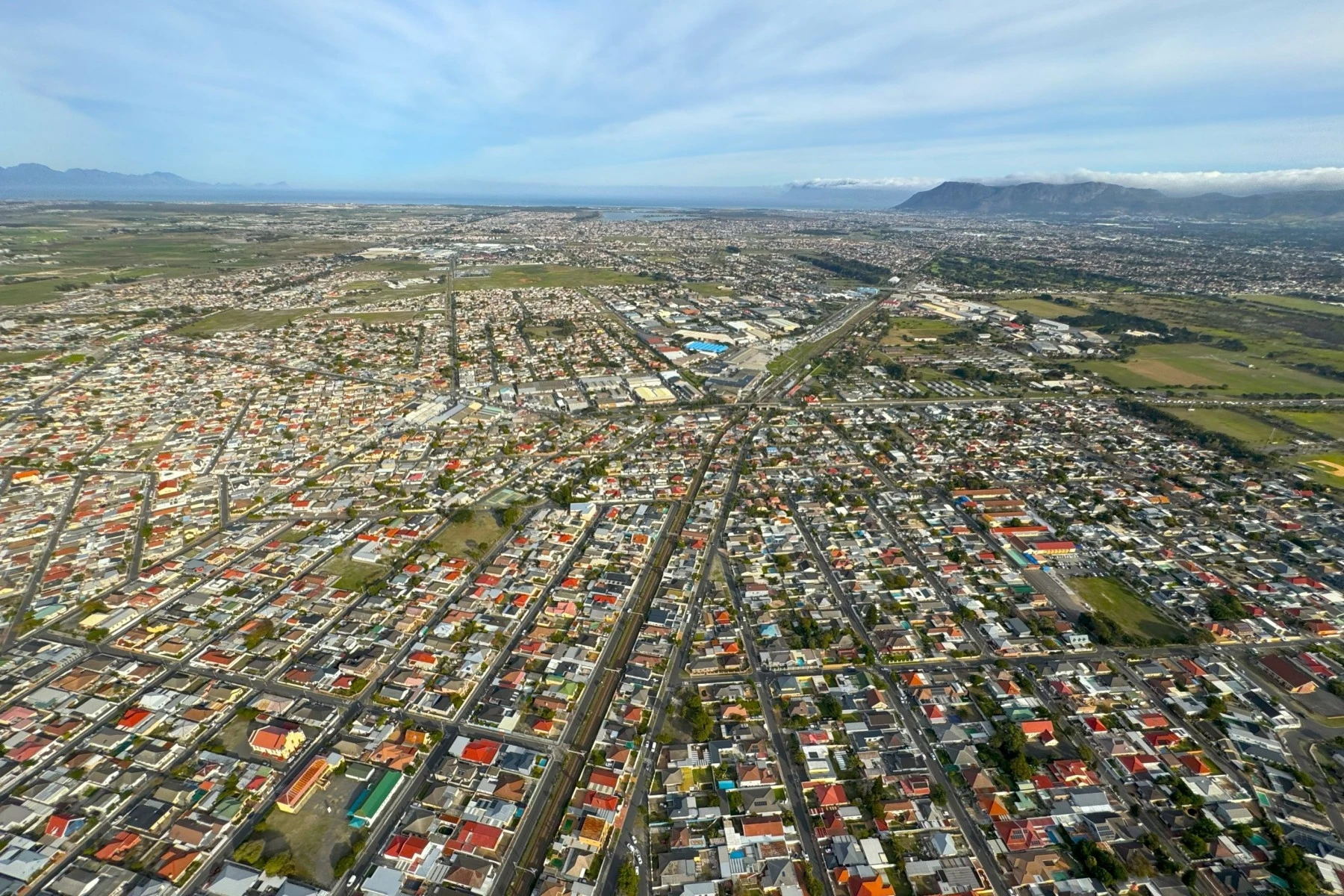
In Cape Town’s property world, money walks straight toward the beaches, mountain slopes, and top schools. Prices reflect proximity to natural beauty, recreation and convenience.
You also pay a premium for property sheltered from the city’s notorious summer wind, the South-Easter, which torments all the exposed, low-lying suburbs. Any neighbourhoods that are perched on or below north- and west-facing mountain slopes are protected.
That said, wind and traffic are part of Cape Town life, and many very liveable and reasonably priced suburbs are out there, waiting patiently for your bond payments. The city’s most affordable areas lie mostly to the east of the Southern Suburbs railway line, and the north and east of the CBD.
If you’re deciding whether the move is worth it, see 5 reasons to make the move to Cape Town in 2025.
Safety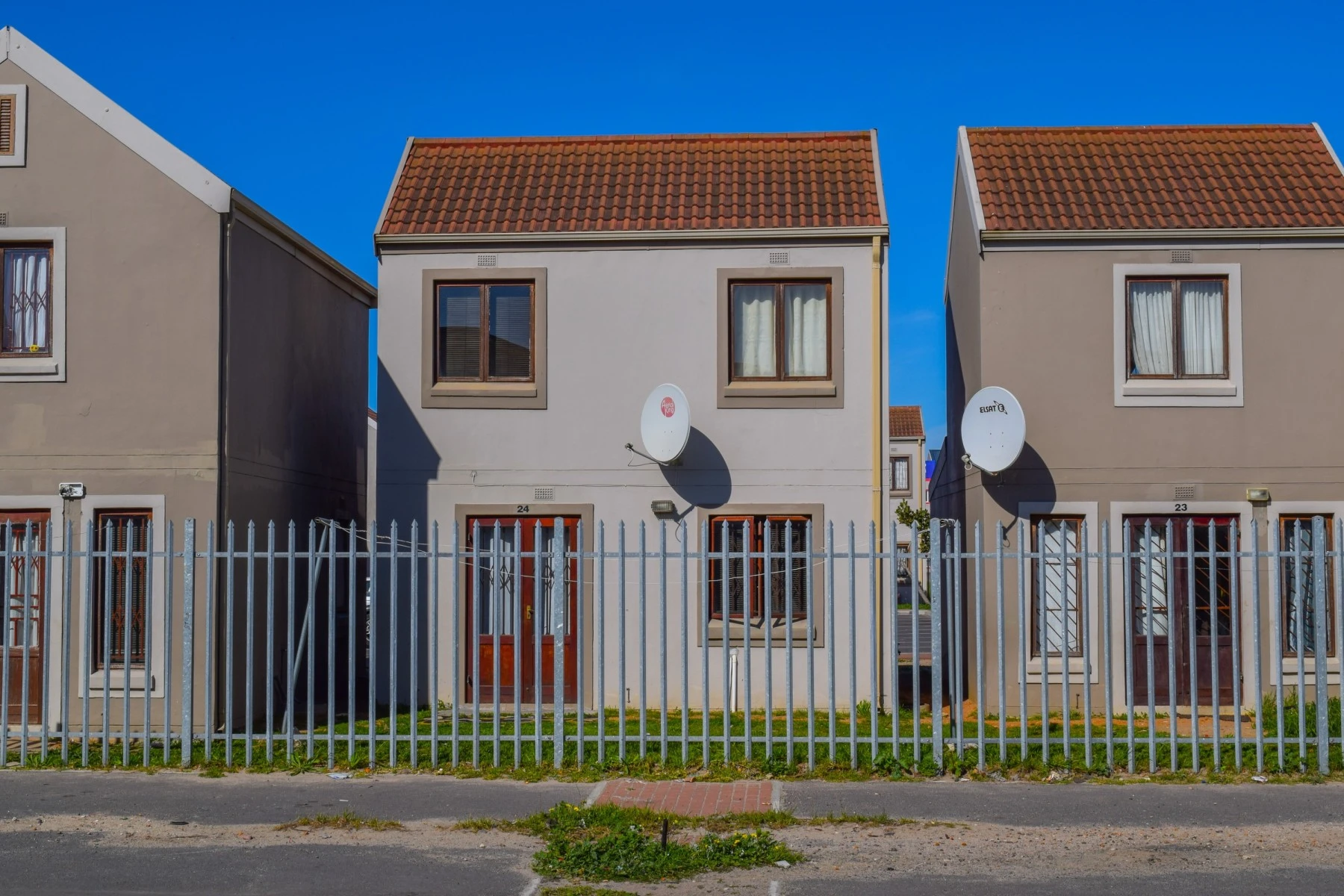
Like most major South African cities, Cape Town has areas with higher crime levels, and being safety-conscious is part of everyday life. Taking basic precautions, such as securing your home, being aware of your surroundings, and choosing your routes carefully, goes a long way.
Most incidents occurring in specific areas of the Cape Flats are often linked to deeper socio-economic challenges. In contrast, many suburban and higher-income neighbourhoods are generally safe for walking, especially during the day.
Suburbs alongside the highways or bordering lower-income areas may experience more opportunistic crime, so it's worth asking locals or estate agents about specific safety trends when house-hunting.
No matter where you live, good security systems and community WhatsApp groups are common and effective ways to stay safe and connected.
Finally, Cape Town’s best suburbs to live in for 2025
Looking to make Cape Town your home in 2025? Whether you’re relocating across the country or just moving across town, choosing the right suburb is a big deal. Cape Town is a city of contrasts—from oceanfront luxury to leafy family suburbs and vibrant urban hubs. But not all areas are created equal when it comes to affordability.
The city can be divided roughly into six regions, and while house prices and rents do vary within them, if you’re on a tight budget, you aren’t going to have much joy on the Atlantic Seaboard, the City Bowl, or the western half of the Southern Suburbs. These areas are expensive due to their convenience and gobsmacking landscapes and seascapes—and from the resulting steady flow of investment from wealthy buyers who hail from upcountry and abroad.
Either way, we've got a good mix and you'll be able to find a spot that works for your lifestyle.
Best suburbs to live in on the Atlantic Seaboard
The Atlantic-facing coast of the Peninsula is rife with spectacular views and some spectacular property values. According to Property24, the average selling price of Atlantic Seaboard properties is currently approaching R5 million.
The water can feel more Antarctic than Atlantic if you’re brave enough to enter it, unlike the warmer False Bay. On the plus side, the sun lingers above the sparkling horizon till well after 8 pm in midsummer—Sea Point, Camps Bay, Clifton, Bakoven, Bantry Bay, and Llandudno are chronically blessed by world-class sunsets. Traffic can be an issue here, and even when the roads are not congested, you only have three winding routes out of the Atlantic Seaboard suburbs—via Kloofnek, via Sea Point and Green Point, or southward via Chapman’s Peak to Noordhoek Valley in the south.
Apartment blocks in Sea Point and Green Point are the region’s most affordable homes to live in, though neither burb is cheap. Both areas offer easy access to the Sea Point Promenade, a long and sociable waterfront route for walkers, runners and bikers. Older blocks that are equidistant between the mountain and the sea are relatively affordable, as are any flats that lack sea views. And if money is no object, you want to be perched on a beach or the Twelve Apostles.
Way down south on the Atlantic coast lie Hout Bay, Noordhoek and Scarborough, home to a motley mix of hippies, rich folks and nature-loving retirees.
Atlantic Seaboard & Southern Atlantic Coast |
| Sea Point • Clifton • Camps Bay • Hout Bay • Noordhoek |
|
|
|
|
|
Best districts to live in: City Bowl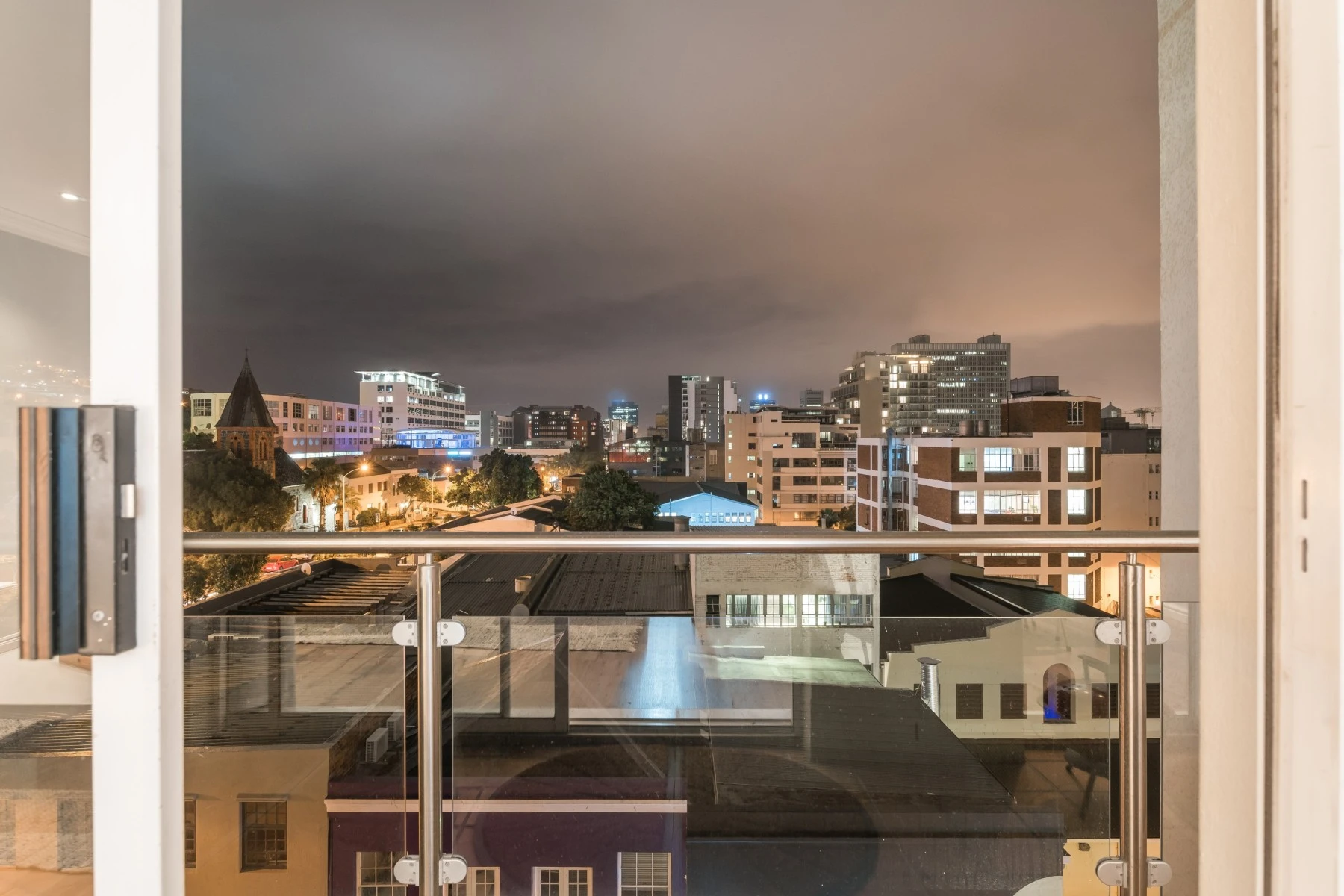
The City Bowl boasts a fairly wide range of home types, from elegant Victorian double-storey houses in Oranjezicht, Tamboerskloof, Vredehoek and Gardens, and contemporary mansions in Higgovale, to tiny studio apartments in the CBD. The City Bowl commands a property premium due to a combination of factors, from strong tourist demand to a growing tribe of forex-flashing digital nomads and an increase in local professionals wanting to live a European-style pedestrian lifestyle.
If you often need to work or socialise in other parts of Cape Town, getting there and back won’t be a breeze. The number of road routes out of the City Bowl is limited by the inconveniently large lumps of rock standing in the way—namely Table Mountain, Devil’s Peak, Lion’s Head and Signal Hill. The trick is to avoid the inward morning traffic and the outward afternoon and evening traffic. (Capetonian office workers are notorious among Joburgers for the cheeky 4 pm knockoff, especially on Fridays.)
In recent years, many buyers have invested in the old and characterful suburbs on the eastern gateway to the City Bowl, namely Woodstock, University Estate and Salt River. The parts of those burbs lying south of Main Rd, on the slope of Devil’s Peak, have gentrified significantly in the last decade or two, but they still offer better prices per square metre than the City Bowl itself.
City Bowl & Surrounds |
| CBD • Gardens • Oranjezicht • Tamboerskloof • Woodstock • Salt River |
|
|
|
|
|
The best eastern suburbs of Cape Town to live in
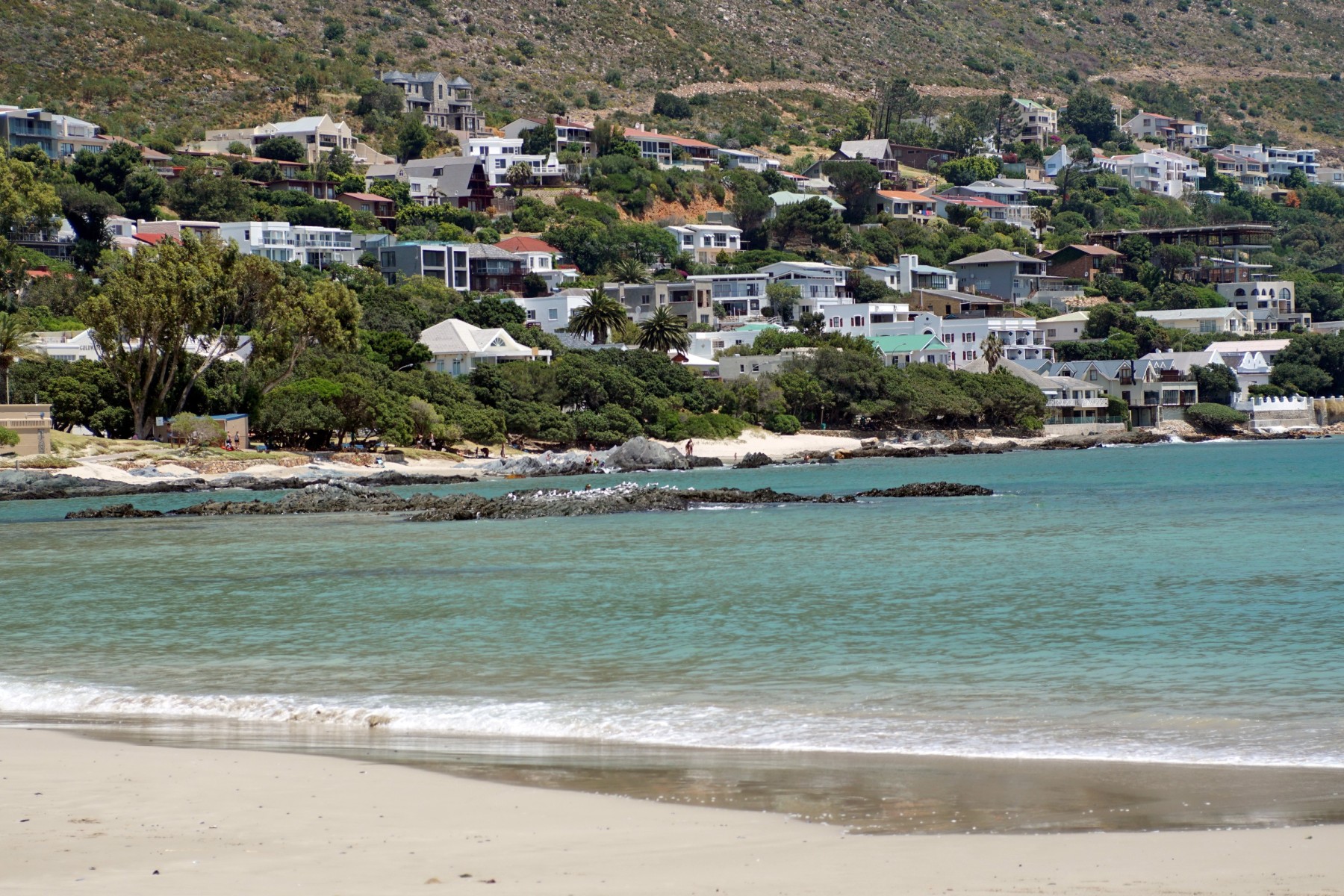 On the eastern half of Greater Cape Town, Cape Flats properties are far more affordable, averaging around R750 000 according to Property24. You’ll pay more than that to buy a house in the safer and more comfortable parts of the Flats, such as Ottery, Athlone, Lansdowne and Parkwood, which border on the Southern Suburbs.
On the eastern half of Greater Cape Town, Cape Flats properties are far more affordable, averaging around R750 000 according to Property24. You’ll pay more than that to buy a house in the safer and more comfortable parts of the Flats, such as Ottery, Athlone, Lansdowne and Parkwood, which border on the Southern Suburbs.
Further east, at the foot of the Boland mountains, are the upmarket areas of Somerset West and Gordon’s Bay, where many retirees and new arrivals from upcountry have settled. Reasonably priced townhouse complexes have mushroomed here in recent years, making the area an accessible entry point. These areas appeal to outdoorsy families who don’t need to be close to the urban buzz.
Cape Flats & Far East |
| Ottery • Athlone • Lansdowne • Somerset West • Gordon’s Bay |
|
|
|
|
|
Best northern suburbs of Cape Town to live in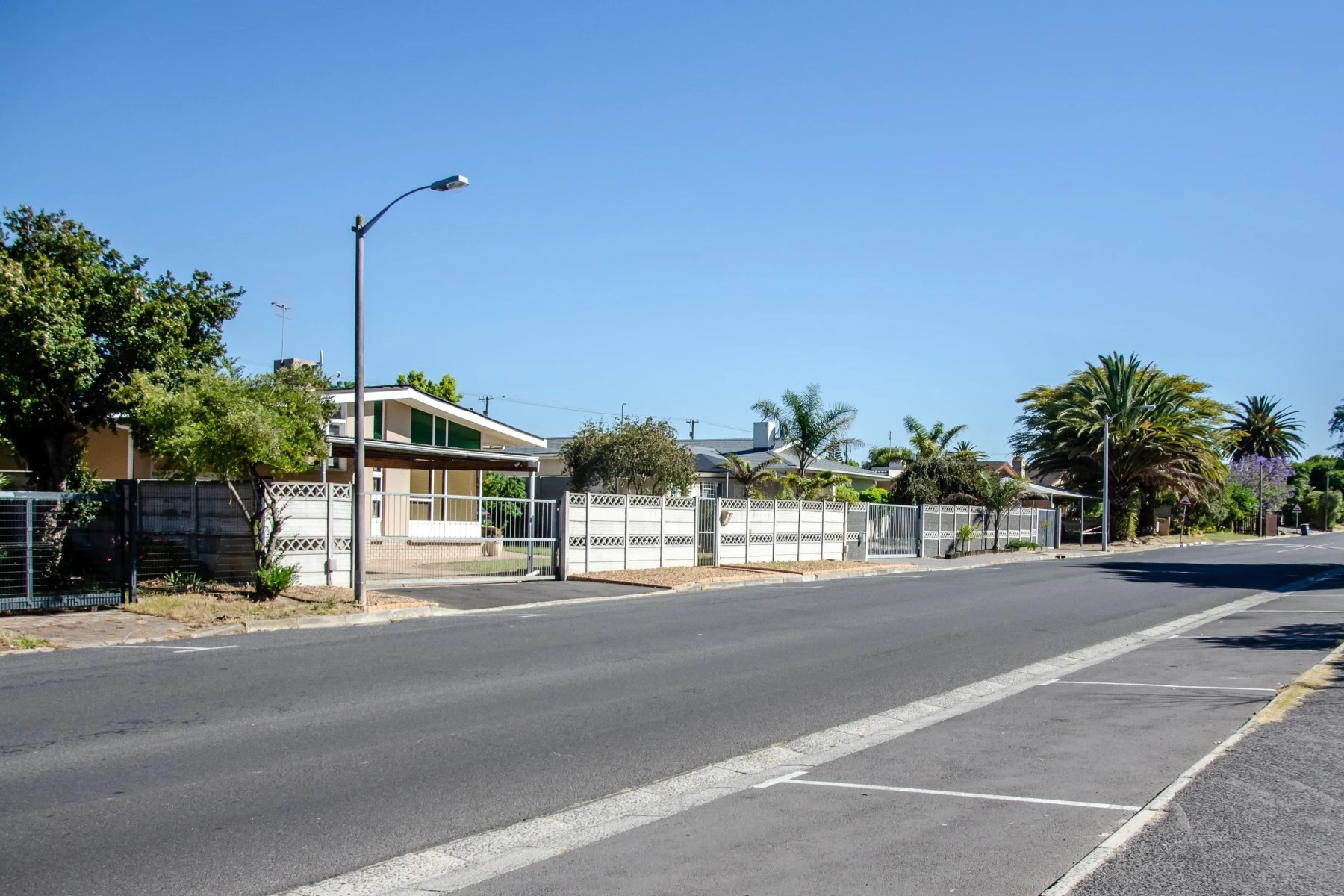
Spanning a huge area, from Maitland just outside the CBD in the west to Kraaifontein in the east, the region is a mix of formerly white working-class neighbourhoods like Brooklyn, Parow and Edgemead — which have all seen gentrification of late — and fancier burbs like Durbanville, Plattekloof and Panorama. Belville is the major business centre, and the entire region offers excellent value for money. There is a wealth of outdoor pursuits here, from an array of wine farms to great hiking trails through nearby hills and mountains. Afrikaans remains the lingua franca, but the North is an increasingly diverse, dynamic and multicultural place—more so than the largely English-speaking Southern Suburbs.
Northern Suburbs |
| Durbanville • Bellville • Parow • Plattekloof • Panorama |
|
|
|
|
|
Best southern suburbs of Cape Town to live in
Lining the eastern slopes of Table Mountain and Constantiaberg down to Muizenberg in the south, the Southern Suburbs are the leafiest parts of Cape Town. What they may lack in edgy urban energy, they make up for with mountains, forests, plentiful good state and private schools, the University of Cape Town’s campus, and (if you both work and live there) a healthy work-life balance. Home to a growing number of finance, property and IT startups, the Claremont-Newlands-Rondebosch area offers professionals an upmarket but more peaceful answer to the City Bowl’s bustling workplace environment.
And if those core neighbourhoods are too swanky for your home budget, explore the surrounding suburbs. Rosebank, Mowbray, Little Mowbray, Observatory and Pinelands are in the north. There is still a lot of upside potential and affordability in quiet neighbourhoods like Kenilworth, Plumstead, Harfield Village, Diep River, Meadowridge and Bergvliet in the south.
The posh ‘mink and manure’ suburb of Constantia, at the foot of Constantiaberg mountain, offers views, large houses, horsey pastimes, historic wine farms and a semirural atmosphere, but at a racy price.
And down south are the False Bay suburbs of Lakeside, Muizenberg, Steenberg, St James, Kalk Bay, Fish Hoek and Simonstown—all offering wonderful lifestyles, with tidal pools and picturesque old houses. Prices vary wildly, though. Kalk Bay is now fancy, while Muizenberg is much cheaper. The sun sets early in winter down south, and as a result, your home will be chillier and damper.
Southern Suburbs & False Bay |
| Claremont • Rondebosch • Constantia • Muizenberg • Kalk Bay • Observatory |
|
|
|
|
|
Best Cape Town West Coast suburbs to live in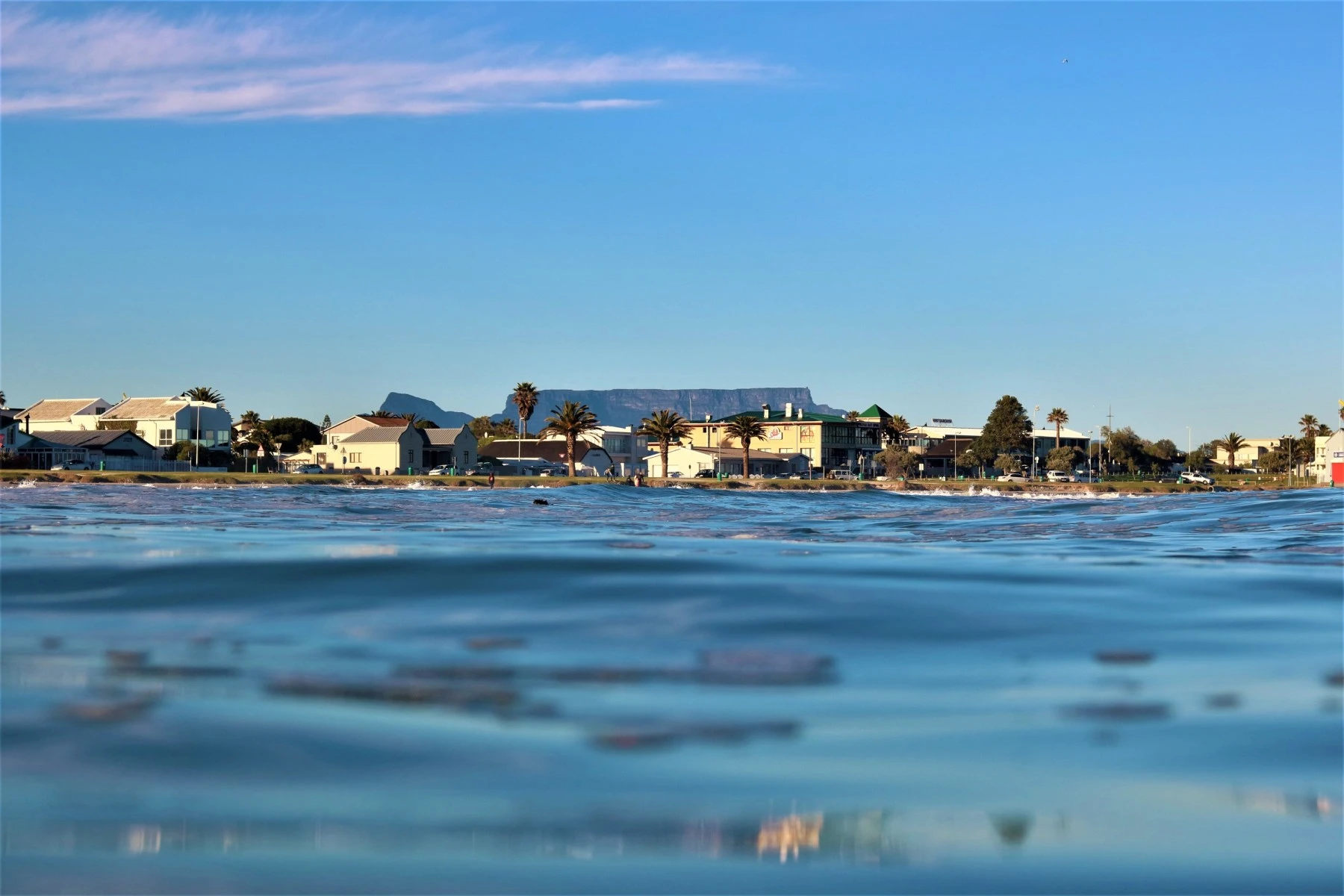
Much of the north coast of Cape Town is newly developed and offers good value for money and liveability in suburbs like upmarket Parklands, Bloubergstrand, Table View and Melkbosstrand. The beaches are superb, the Table Mountain views are unforgettable, and residents are an easy drive away from weekend getaway paradises like the lagoon village of Langebaan or the spectacular Cederberg mountains.
The catch is some fairly grisly traffic congestion at peak hours, so think carefully about house-hunting in the area if you need to commute to town or further south every day. The entire coast is well covered by MyCiti bus routes, with dedicated lanes in congested areas, but even so, the north coast is probably the best bet for remote workers or anyone who doesn’t feel the need to go about town.
Cape Town's West Coast Suburbs |
| Blouberg • Table View • Parklands • Melkbosstrand |
|
|
|
|
|
Ready to make your move?
Whether you’re trading city buzz for mountain views, upgrading to a family home in the suburbs, or chasing the dream of daily beach walks, Cape Town has a spot with your name on it. Just don’t let the logistics of moving stress you out.
Wise Move makes Cape removals easy—helping you find and book trusted local movers, compare prices, and take the hassle out of getting from A to B.
Moving to where you deserve to be has never been this easy.
What do our customers say?
